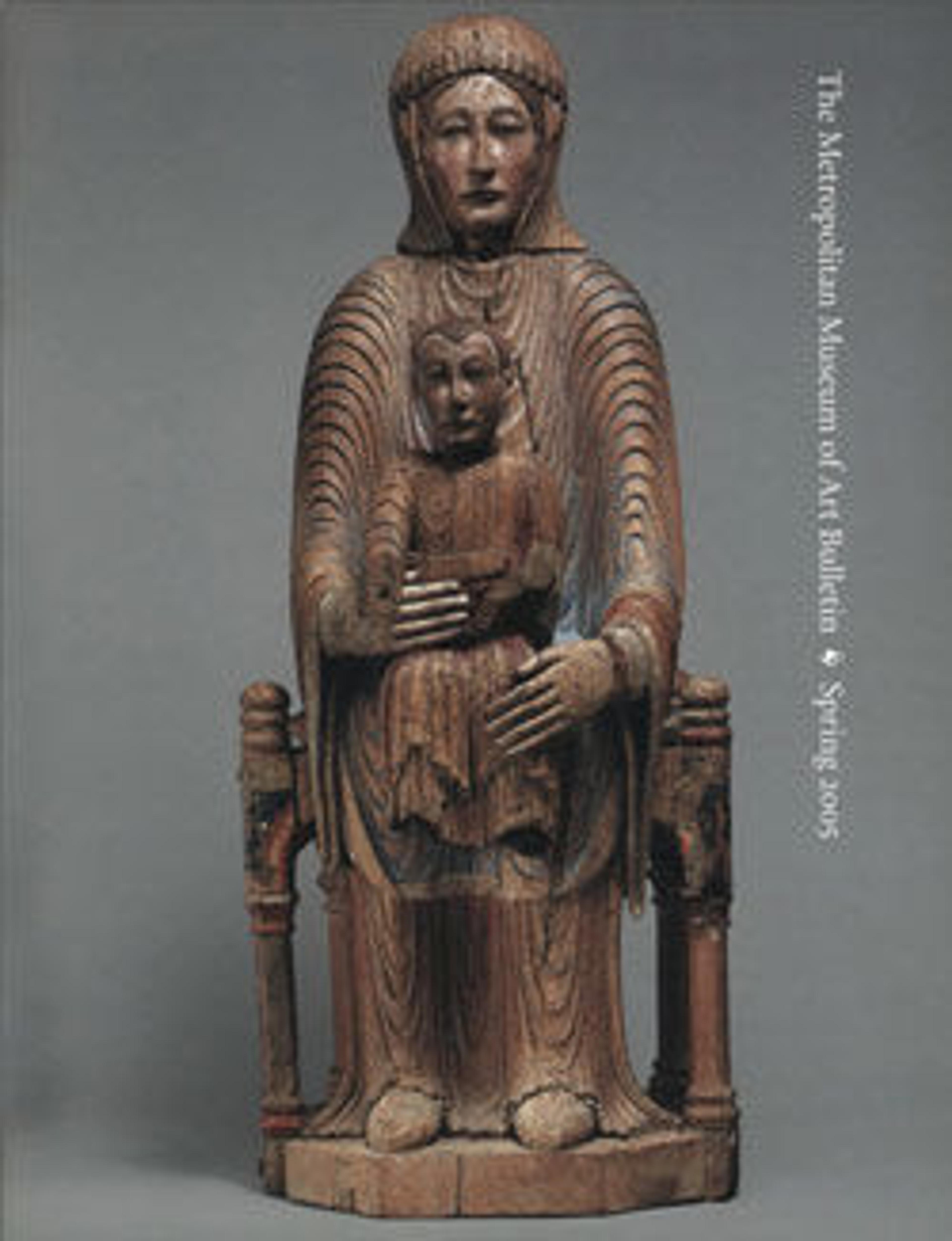Six Apostles from Retable
This fragment was part of a retable, a frieze installed behind an altar. Depicting Christ and the twelve apostles, it presented the figures in a rhythmic pairing united by an ornately cusped and pinnacled arcade. Represented from left to right are an unidentified apostle and Saint Bartholomew, Saints Andrew and James the Lesser, and Saints John and Peter, who both turn to face the now-missing Christ. The relief is contemporary with the construction of the collegiate church of Saint-Jean-Baptiste, begun in 1326. A portion of the retable’s right section is now in the Musée du Louvre.
Artwork Details
- Title:Six Apostles from Retable
- Date:late 14th century
- Geography:Made in Beaune, France
- Culture:French
- Medium:Limestone
- Dimensions:Overall: 24 15/16 x 42 1/4 x 3 1/8 in. (63.3 x 107.3 x 7.9 cm)
Overall: 164lb. (74.4kg) - Classification:Sculpture-Stone
- Credit Line:Gift of J. Pierpont Morgan, 1916
- Object Number:16.32.169a, b
- Curatorial Department: Medieval Art and The Cloisters
More Artwork
Research Resources
The Met provides unparalleled resources for research and welcomes an international community of students and scholars. The Met's Open Access API is where creators and researchers can connect to the The Met collection. Open Access data and public domain images are available for unrestricted commercial and noncommercial use without permission or fee.
To request images under copyright and other restrictions, please use this Image Request form.
Feedback
We continue to research and examine historical and cultural context for objects in The Met collection. If you have comments or questions about this object record, please contact us using the form below. The Museum looks forward to receiving your comments.
